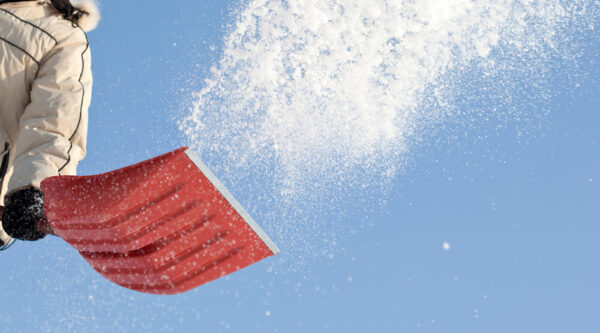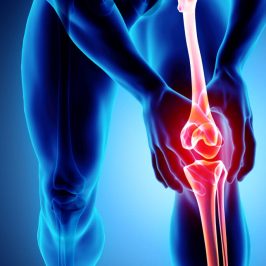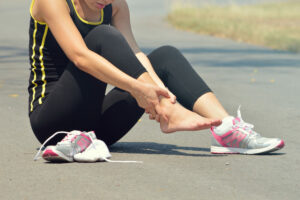Shoveling is a very demanding activity on the cardiovascular and muscular levels. We often do this task without preparation with the only objective of completing it as soon as possible. Unfortunately, this way of doing things increases the risk of injury and accidents.
The following tips will help you carry out your shoveling activities safely.
• To begin with, since shoveling is very demanding on the heart, it is important to check your medical condition before starting this task and pay close attention to your symptoms while performing the activity, especially if you are suffering from cardio-respiratory problems or do not do regular physical activity. In some cases, it may be safer to have someone else shovel!
• Take your time when shoveling. This activity can be compared to lifting and carrying a load repeatedly on unstable ground while wearing heavy clothing! Take frequent breaks …
• Get in the habit of shoveling more regularly and right after a storm. Freshly fallen snow is much easier to handle than heavy snow.
• Beware of uneven and icy surfaces to avoid falls!
• Take the time to warm up before starting to shovel. Walk for a few minutes. Do some knee flexions, gentle trunk rotations, a few shoulder rotations, … Remember that a muscle not warmed up can easily be injured. Warming up can therefore prevent stretching, straining or muscle tearing.
• Use a light shovel (about 1.5 kg), with a blade that is not too wide (this will avoid taking too much snow ). Make sure your shovel is comfortable, easy to handle and proportional to your size.
• Try pushing the snow rather than lifting as it is much easier
• If you need to lift the snow, use a good technique. Bend your knees, spread your legs to the width of your shoulders and keep your back straight. As much of possible, use the strength of your legs to lift the load instead of your back.
• Do not lift too much snow at a time and walk to where you want to stack it instead of throwing it.
• Avoid twisting the trunk as much as possible, instead turn your feet to the desired direction (where you want to stack the snow). Throwing snow over your shoulder is a bad idea, especially with a lot of snow on your shovel! This can lead to spine injuries.
• Be aware that a snowblower is a handy tool but should be handled properly to avoid serious injuries. Do not push it too fast! The snowblower is designed to move at a precise speed.
Wishing that these tips will be useful and allow you to avoid any troubles!




